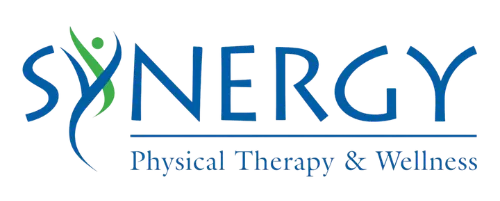Neuropathy relief is available in Pueblo, Colorado!
People who suffer with the pain and burning from Neuropathy
in Pueblo, Colorado now have a new treatment option for neuropathy. This method
is effective for 95% of patients in our practice and the neuropathy pain relief
actually lasts in the vast majority
of those we treat. This new method is not a drugs or invasive medical procedure
and therefore has no side effects or risks. This Neuropathy relief method is
completely safe and has changed the lives of so many people in Pueblo, Colorado
already. After seeing this again and
again in our clinic I feel it is my obligation to help more people who are
suffering simply because they don’t know about this neuropathy treatment, and
their doctors are also probably unaware this treatment exists. We want to bring
this to you too!
Neuropathy is most commonly caused by diabetes but it can
also have other causes such as injures, chemotherapy and toxic exposures. Very
commonly it is also “idiopathic” which means there is no known cause. The
diagnosis or “idiopathic neuropathy” can be very frustrating for patients and
is one of the reasons I began looking into solution to this common and very
debilitating problem.
So let me tell you a little bit more about this new neuropathy
treatment and how it can help you. This neuropathy treatment method is safe,
effective and has no side effects. This neuropathy relief method uses very low
levels of a specific type of electrical energy (in the millionths of an amp
range) to produce specific physiological effects that result in relief from the
burning, tingling, altered sensation and pain of neuropathy. Most clients
notice a difference immediately after the session and then continue to gain
relief in the long term. Unlike many other treatments that appear to “wear off”
shortly after application, this treatment typically results in a cumulative effect
with more significant and lasting relief
noted with subsequent treatments. Many times the neuropathy symptoms can
be reduced to a very low level or even be completely eliminated. The majority
of our clients report sleeping better, having less hypersensitivity, less pain
while walking and are both very pleased and surprised by how much better they
feel.
So call us today at (719)
568-9709 to find out how you or a loved one can benefit from this amazing
new treatment.
FAQ’s
Is this the “magic bullet” for neuropathy? No. I don’t believe
such a thing exists. If someone tells you they have the magic one size fits all
cure for neuropathy (or anything else for that matter) I would be very
suspicious. But what I can tell you is that in our practice a very high
percentage of our clients report significant pain relief using this safe and
simple method to either totally relieve neuropathy symptoms or significantly
control them.
Does this replace mediations for neuropathy? No. Do not stop
taking any medication without consulting with you healthcare provider first.
However we have had many clients who upon attaining significant relief have
worked with their provider to appropriately reduce or wean off of their
medications.
Is this like TENS, or muscle stimulation therapy? No. The
scientific principles and methods of action are in fact actually more the
opposite of TENS and Muscle Stimulation. TENS and muscle stimulation are
designed to “override” the pain signals by delivering a very strong stimulus to
the nerves and nervous system. This strong AC current is actually recognized as
a “threat” to the body and activates the “fight or flight” response (as
measured by various studies utilizing heart rate variability and other accepted
methods of nervous system function). The study linked below provides scientific
evidence to support this. For health, healing and pain relief you do now want
your body to be in flight or flight. You want the opposite. Is this way TENS
can actually be detrimental to you and your neuropathy symptoms.
The new technology we use for Neuropathy is referred to as
“Microcurrent” because it is delivers a very low amount of power measured in
the millionths of an amp that is many magnitudes less powerful than TENS. It is
also DC (direct current) which matches the electrical energy created by your
body. While , transmission of electricity of long distances (the actual reason
e use AC power) electric motors, appliances, ect are best suited for using AC
power, it appears that for pain relief,
health and healing you want to use DC Microcurrent.
References
